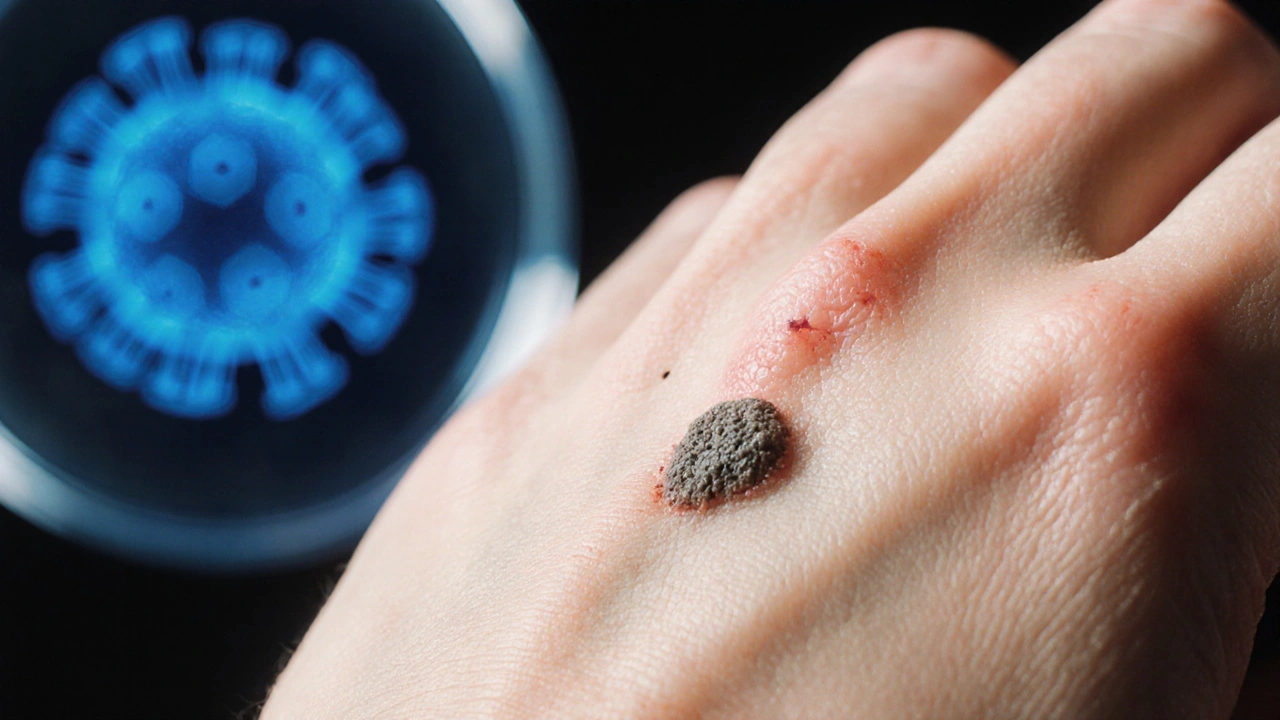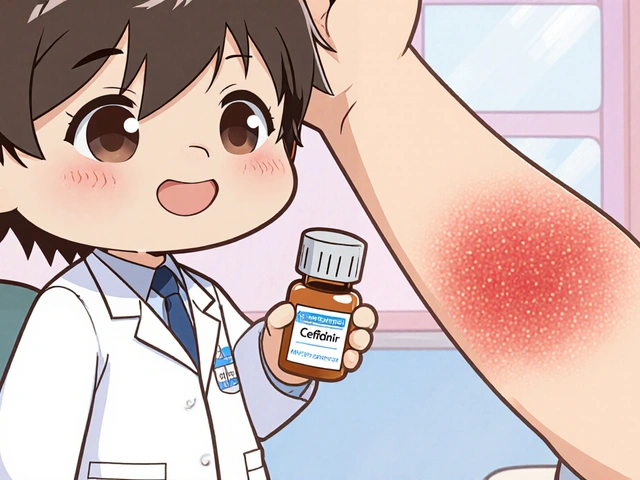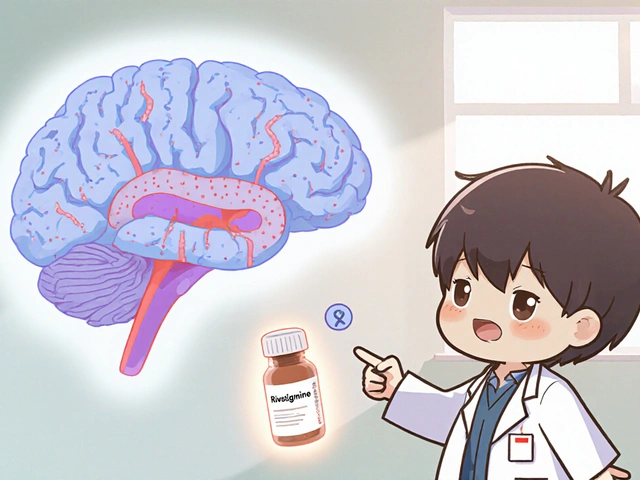Natural Wart Remedies: Safe Home Treatments That Work
When dealing with Natural Wart Remedies, non‑prescription, plant‑based or household methods that help remove warts without harsh chemicals. Also known as home wart treatments, they offer an affordable way to tackle those stubborn skin growths while keeping irritation to a minimum.
Understanding Warts and the Best Natural Options
Warts are harmless skin lesions caused primarily by the human papillomavirus (HPV, a virus that infects the top layer of skin and triggers rapid cell growth). Knowing that HPV drives wart formation helps you pick a remedy that targets the virus’s effects. One of the most common natural agents is Salicylic Acid, a keratolytic compound found in many over‑the‑counter wart products that gently dissolves the thickened skin. Though technically a chemical, it’s derived from willow bark and works by softening the wart’s outer layer, making it easier for the body’s immune system to clear the infection. Pairing salicylic acid with a daily soak in warm water creates a moist environment that speeds up the breakdown process, a combination that many dermatologists recommend even for prescription‑level treatments.
Another powerhouse is Tea Tree Oil, an essential oil with antiviral and anti‑inflammatory properties that can help reduce wart size. Applying a few drops to the wart twice daily builds a natural barrier that inhibits viral replication. For those who prefer a truly budget‑friendly method, duct‑tape occlusion is a classic technique: cover the wart with medical‑grade tape for six days, remove it, soak, and repeat. This simple pressure‑based approach stimulates the skin’s immune response, often leading to wart disappearance after several cycles. Each of these remedies—salicylic acid, tea tree oil, duct tape—relies on a different mechanism (chemical exfoliation, antiviral action, mechanical irritation) yet they all share the goal of empowering the body’s own defenses to fight HPV.
Choosing the right natural wart remedy depends on factors like wart location, size, and personal skin sensitivity. For thick, callused warts on the soles, salicylic acid combined with a pumice stone is especially effective because it tackles tough skin. Facial warts, which are more delicate, respond better to tea tree oil or a dilute apple‑cider‑vinegar soak, minimizing the risk of scarring. If you’re looking for a completely drug‑free option, duct tape stays the most accessible and low‑risk choice. Remember, consistency is key: most natural treatments require daily application over several weeks before noticeable results appear. By understanding the underlying virus, the mode of action of each remedy, and tailoring the approach to your unique situation, you can safely manage warts at home without resorting to expensive clinic visits.
Below you’ll find a curated selection of articles that dive deeper into each of these methods, compare them with conventional treatments, and give step‑by‑step instructions. Whether you’re curious about the science behind salicylic acid, want to try tea tree oil for the first time, or need tips on mastering duct‑tape therapy, the posts ahead provide practical guidance to help you choose the most effective natural wart remedies for your skin. Happy reading, and may your skin stay clear and healthy!
Natural Wart Remedies: Effectiveness and Safety Guide

Explore the effectiveness and safety of natural wart remedies, learn how they work, see comparisons with medical treatments, and get practical tips for home use.
read more



